(59 products available)









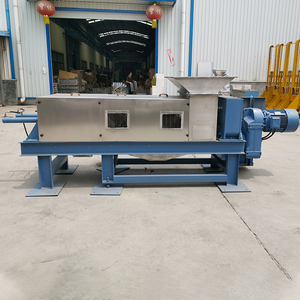

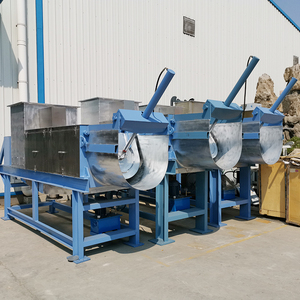












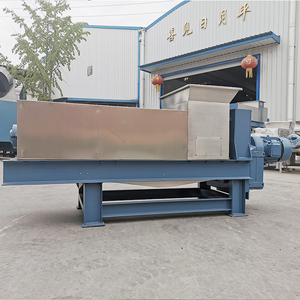

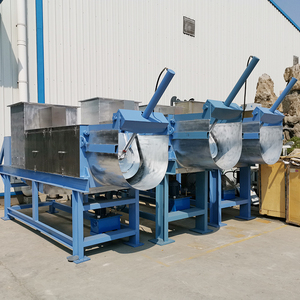


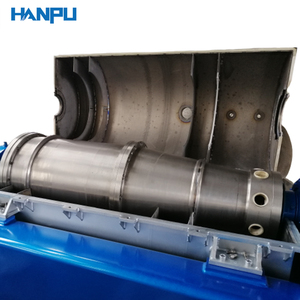





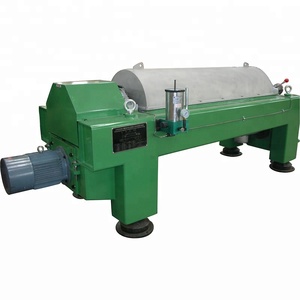


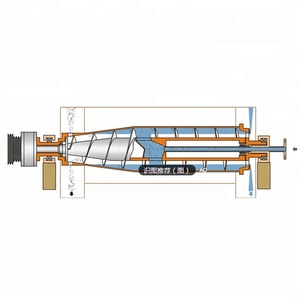

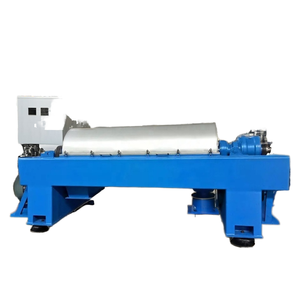
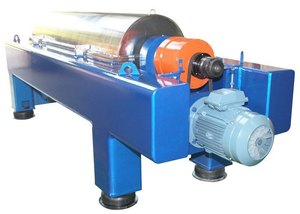











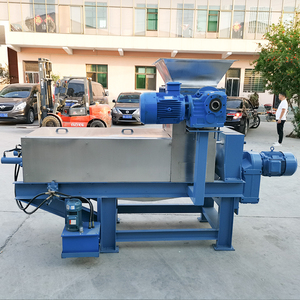



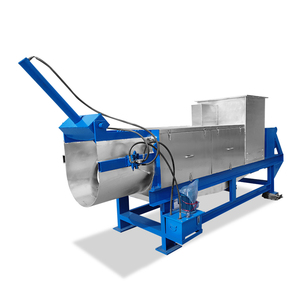


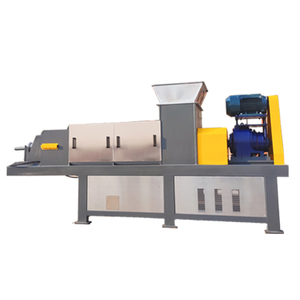
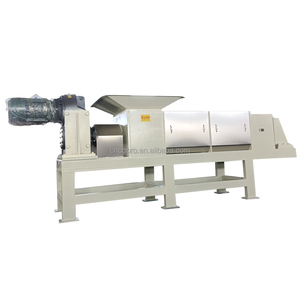















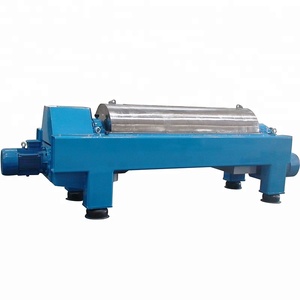















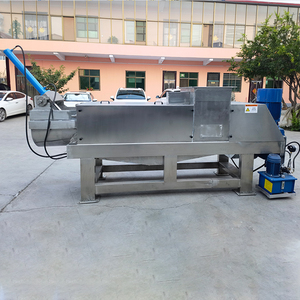

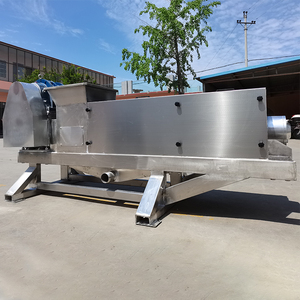




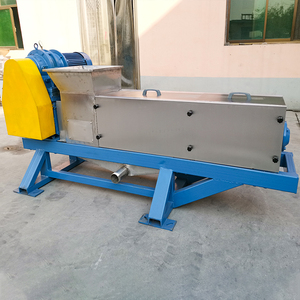

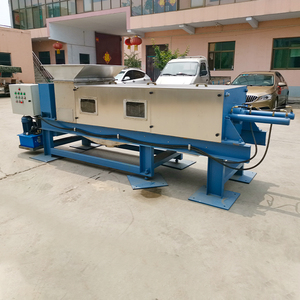
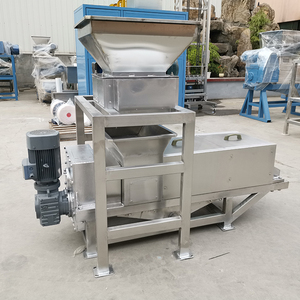






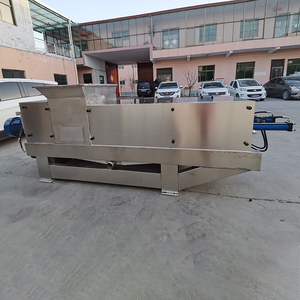






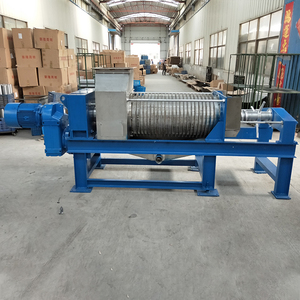

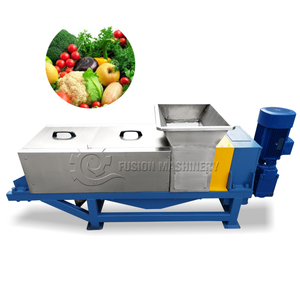


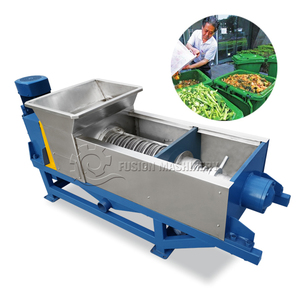













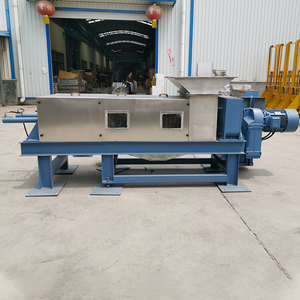
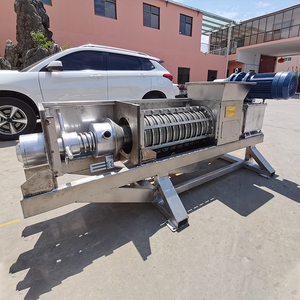



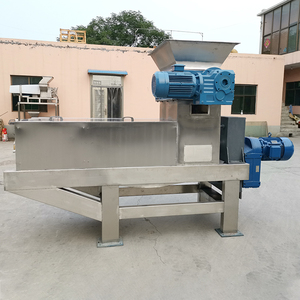

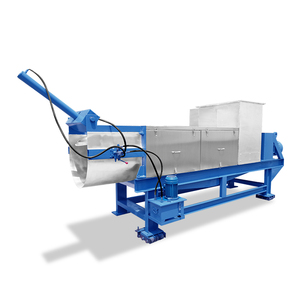





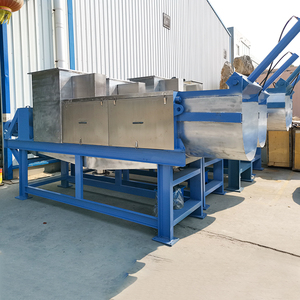












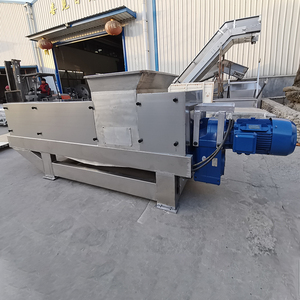




















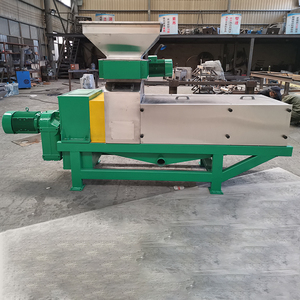
















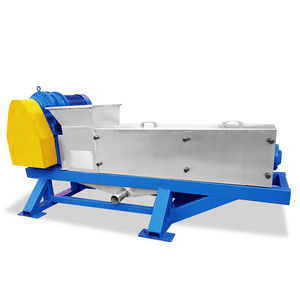
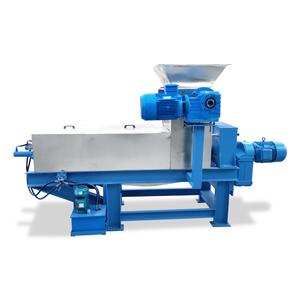



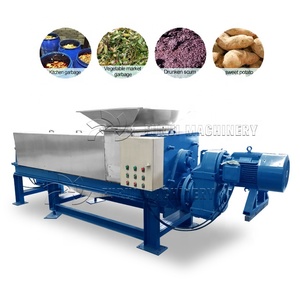

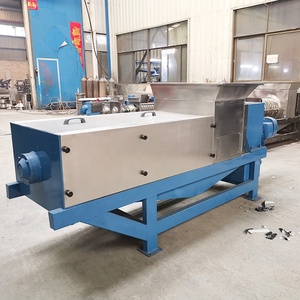







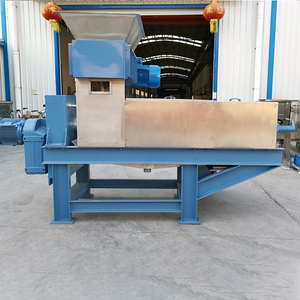








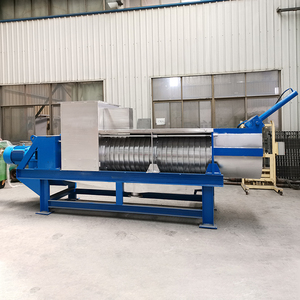


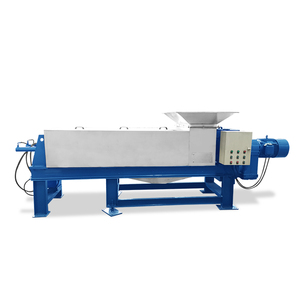



















An industrial brewer grain separator plays a key role in separating solids from liquid mash after fermentation. Different types of grain separators are designed to suit different types of grains. Here are some common types of the grain separator.
Rotary Grain Separator
A rotary grain separator is a cylindrical device that is commonly used in small to medium-scale breweries. It works by combining gravity and centrifugal force to separate the solid residue from the liquid wort. When the mash is feed from above into the rotating cylinder, its rotation causes the heavier particles to stick against the cylindrical wall. These particles are then scraped off and collected through an outlet. Meanwhile, the lighter particles and liquid wort exit from the separator's lower outlet for further processing.
Decanter Separator
A decanter separator is widely used in large-scale industrial brewing operations. It is an automated, continuously-operated horizontal rotating cylinder, which is also called a bowl. Decanter separators work by using the effect of gravity and centrifugal force to separate solid materials from liquid streams. The technique allows for the separation of solid particles from the wort with great efficiency, even at high flow rates. This makes decanter separators an ideal choice for large breweries that need to separate large volumes of wort rapidly and efficiently.
Screw Press Separator
Screw press separators are extensively used in many commercial breweries around the world. The device is designed to separate spent grains from the liquid wort by gently compressing the material mixture between a rotating screw and a perforated cylindrical screen barrel. This method not only separates the solid and liquid but also minimizes the organic clogging of the screen barrel, thus prolonging the operation life of the device.
The Brewer grain separator's specifications can vary based on its design, production capacity, and intended application. Here's a general breakdown of some Separator's specifications.
To keep the separator functioning well and to stop the performance from degrading, a certain kind of maintenance is needed. This is usually periodic. To keep the separator clean at all times, the operator should remove any remaining grains in the corners, edges, and crevices of the machine. The air compressor can be used to blow out dust that is hard to reach. After this, wipe the machine down with a moist cloth to stop any residue from remaining on the Separator. Some grain separators in the market model have moving parts that should be oiled periodically to ensure they function smoothly. It is also necessary to inspect the Separator's fasteners now and again to ensure that they're tightened properly and maintain the separator's stability and alignment. Operators should always refer to the Separator's manual for more precise maintenance advice specific to the machine model they have.
Due to its many benefits and uses, the brewer grain separator has several uses in different industries.
Separation and disposal of spent grain:
Production of animal feed:
After separating the solids from the beer wort, the spent grain still has many nutrients, thus making it a valuable ingredient for animal feed. Livestock feed producers make use of grain separators and the separated spent grain to make quality feed for cattle, poultry, and pigs. Using spent grain as animal feed can easily help feed producers reduce costs while still producing quality products.
Biomass energy generation:
Spent grain is also used as an important ingredient for biomass energy generation after being separated with the help of a grain separator. The spent grain can be dried and then used as a solid fuel for power generation through different processes such as anaerobic digestion and fermentation. Some breweries collaborate with biomass energy producers in order to supply them with spent grain as feedstock. This thus helps in the reduction of environmental impact and also makes use of renewable energy sources.
Choosing the right brewer grain separator machine for any business involves extensive research. Some of the things to consider while selecting a separator are the types explained above, along with its capacity.
To begin with, it's important to note that separators are built for different types of breweries, ranging from small-scale, craft, and microbreweries to large-scale, industrial ones. Separator machines that work well for smaller breweries might not work well for a larger one, and vice versa. So, it's better to first understand what kind of separator works for a specific brewery and then see if a machine's capacity matches the brewery's needs.
Each separator can separate a specific amount of spent grain from the wort, depending on its size and design. Separator machines with higher capacities will be more expensive, so it's best to look at a separator's capacity before purchasing it.
Another factor that needs consideration is the type of raw material separator machines are made from. For example, stainless steel is more expensive than regular steel, so this'll also determine the cost of the separator.
Cleanliness is next to godliness, and this is particularly true when it comes to machines used in the food and beverage industry. Not only should the separator machine allow for easy cleaning and maintenance, but it should also meet all hygiene requirements set by the local government. Choosing a machine that prevents any leakage and can be easily cleaned is really important to maintain hygiene throughout the factory.
Grain separators are equipped with high-performance motors designed to handle heavy loads and operate efficiently. The type and power of the motor in the separator can significantly impact its overall performance, energy consumption, and operational costs. It's essential to understand the motor type in grain separators to make an informed choice.
It's also worth noting that the separator machine price varies depending on a host of factors, including the area's economic conditions. Ideally, businesses looking to purchase a separator should also look at how easily a machine can be integrated into the current operational system of the brewery. Further, they should run efficient, smooth, and fast processes to ensure that the brewery's productivity is maximized.
Q1: What types of grain separators are there?
A1: There are many kinds of grain separators, mainly flat sieves, which are widely used in some large-scale grain processing enterprises. As for separators with conveyor belts, they are suitable for enterprises with a large grain intake and high separating efficiency requirements. Airflow separators are usually used to separate light and floating impurities.
Q2: Are grain separators customizable?
A2: Many manufacturers offer grain separators that can be made to different features such as size, separating accuracy and technology used. Square or rectangular shapes are common, but cylindrical or custom shapes can be made. Also, the separator's separator capacity, or the amount of grain processed per unit of time, can also be customised. Separators made with different separation technologies are also usually available for OEM.
Q3: What are grain separators used for?
A3: Grain separators are used to separate undesirable grains like broken rice, sand, mud, stones, and other non-grain stock of similar sizes and weights. They are usually the first step in processing other food products.